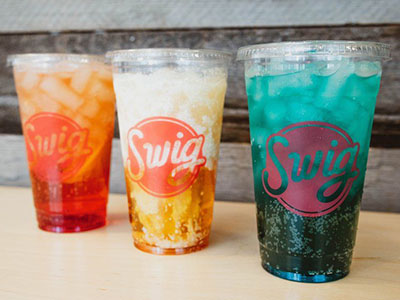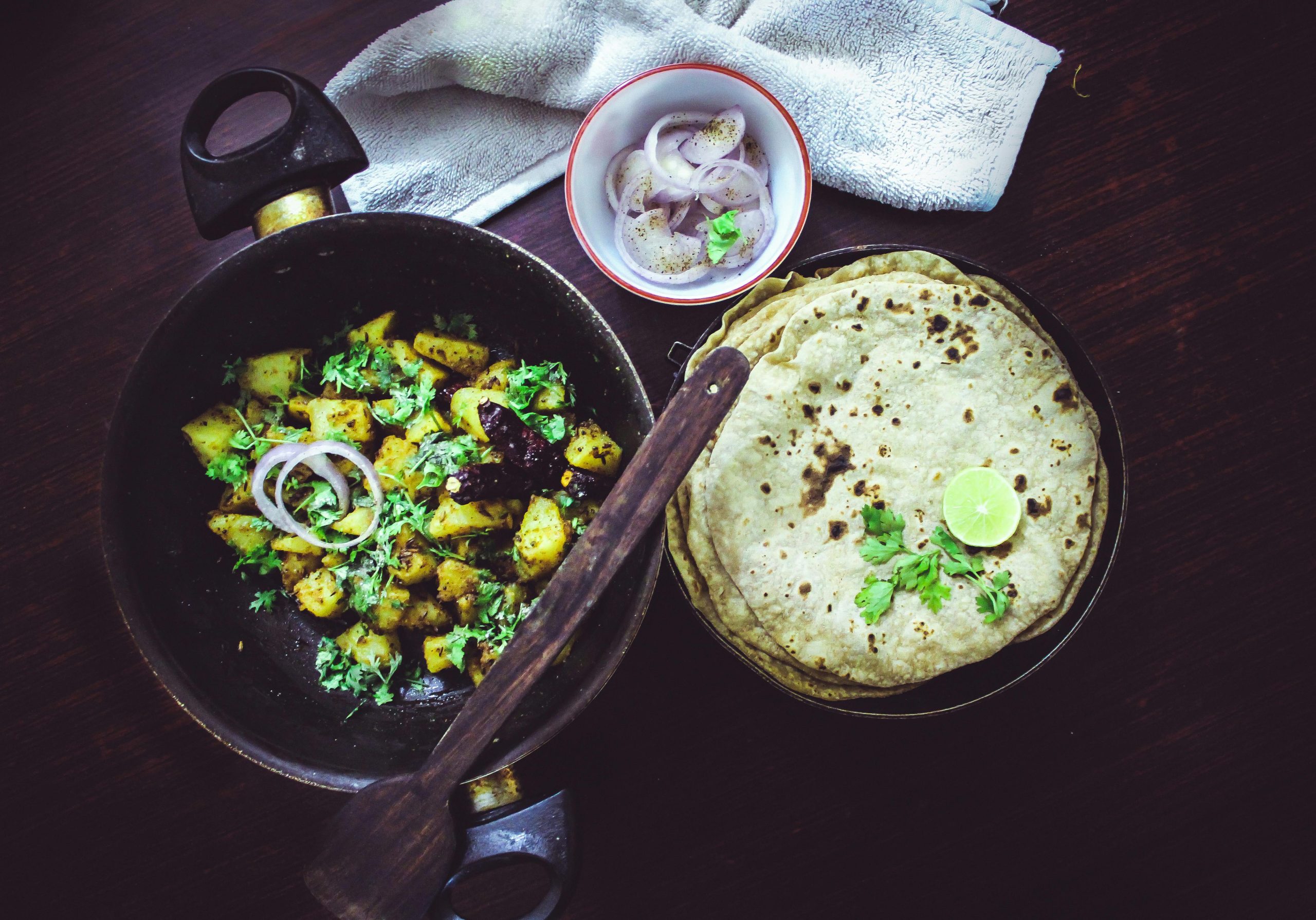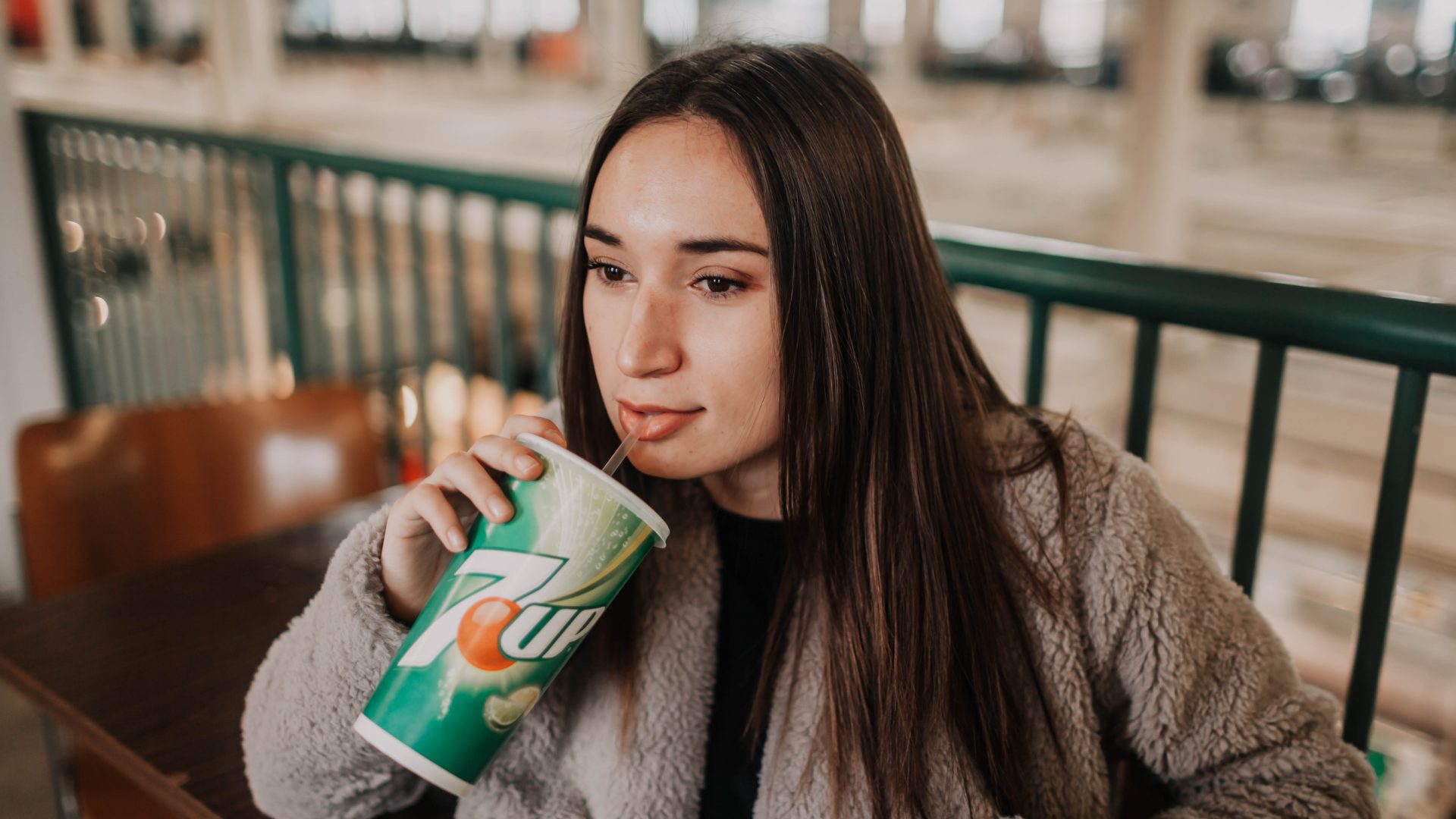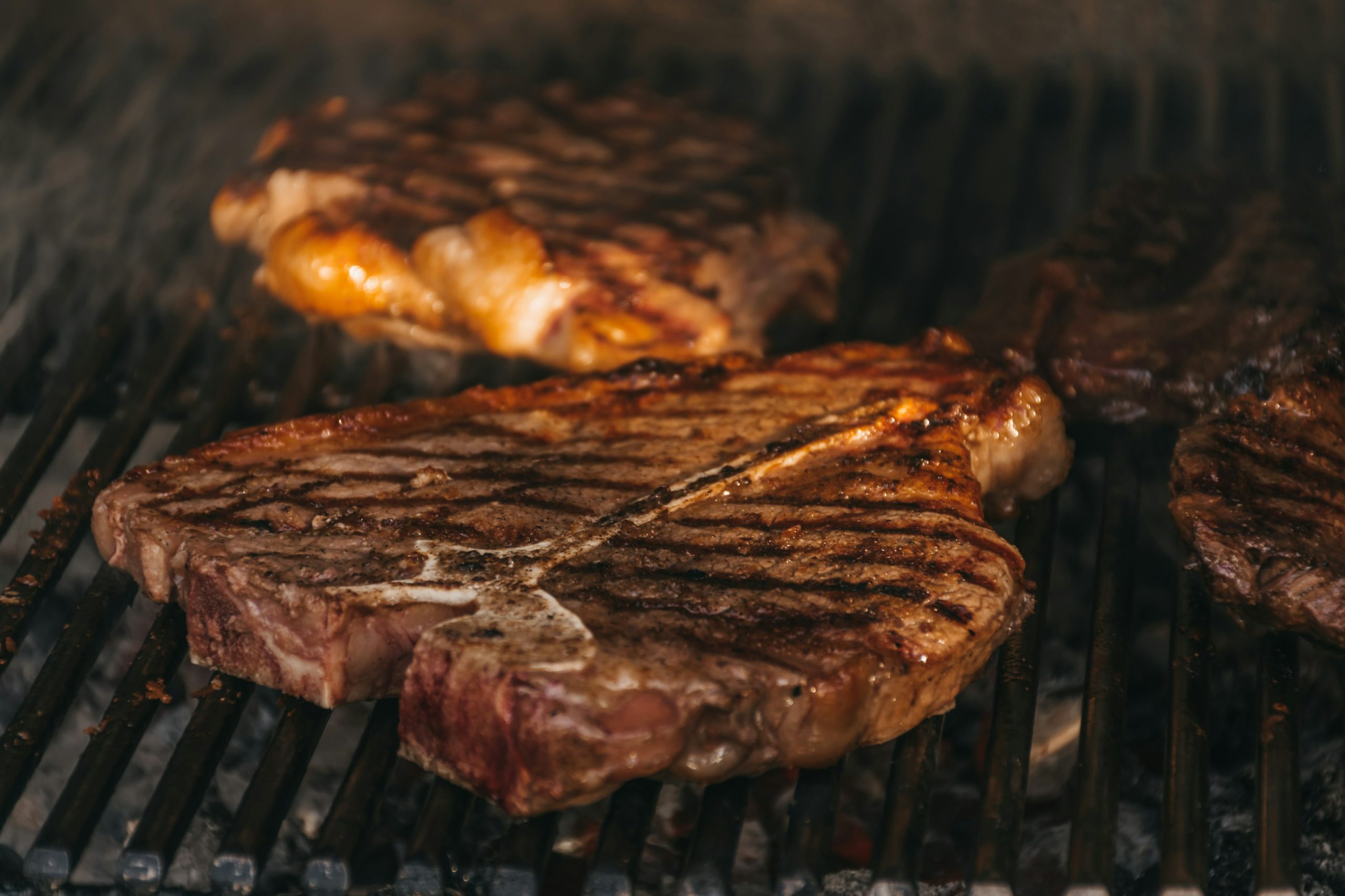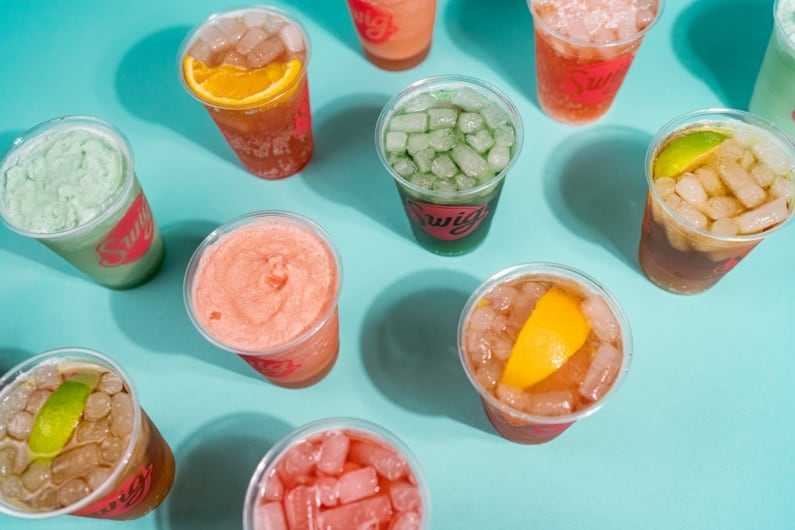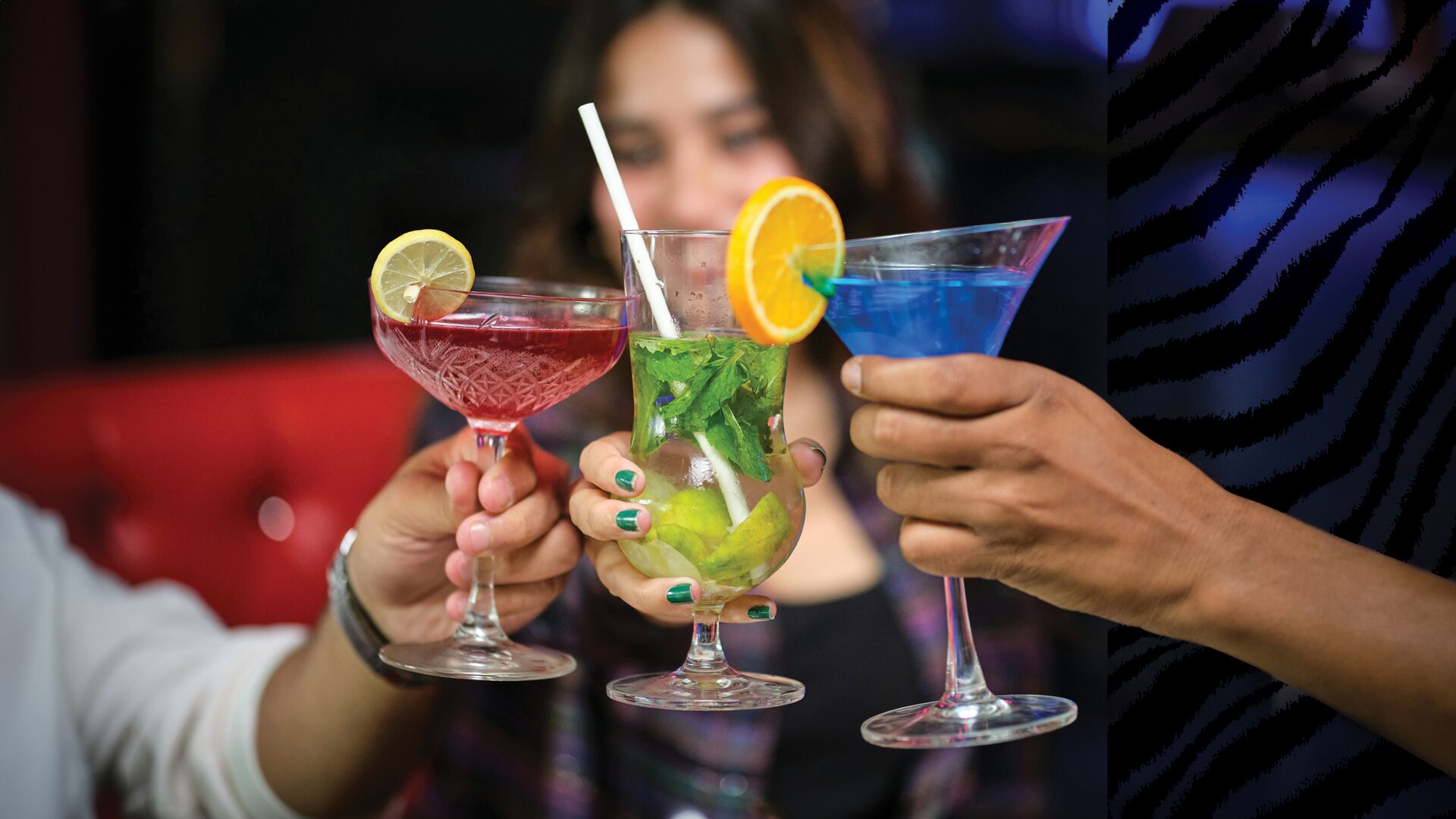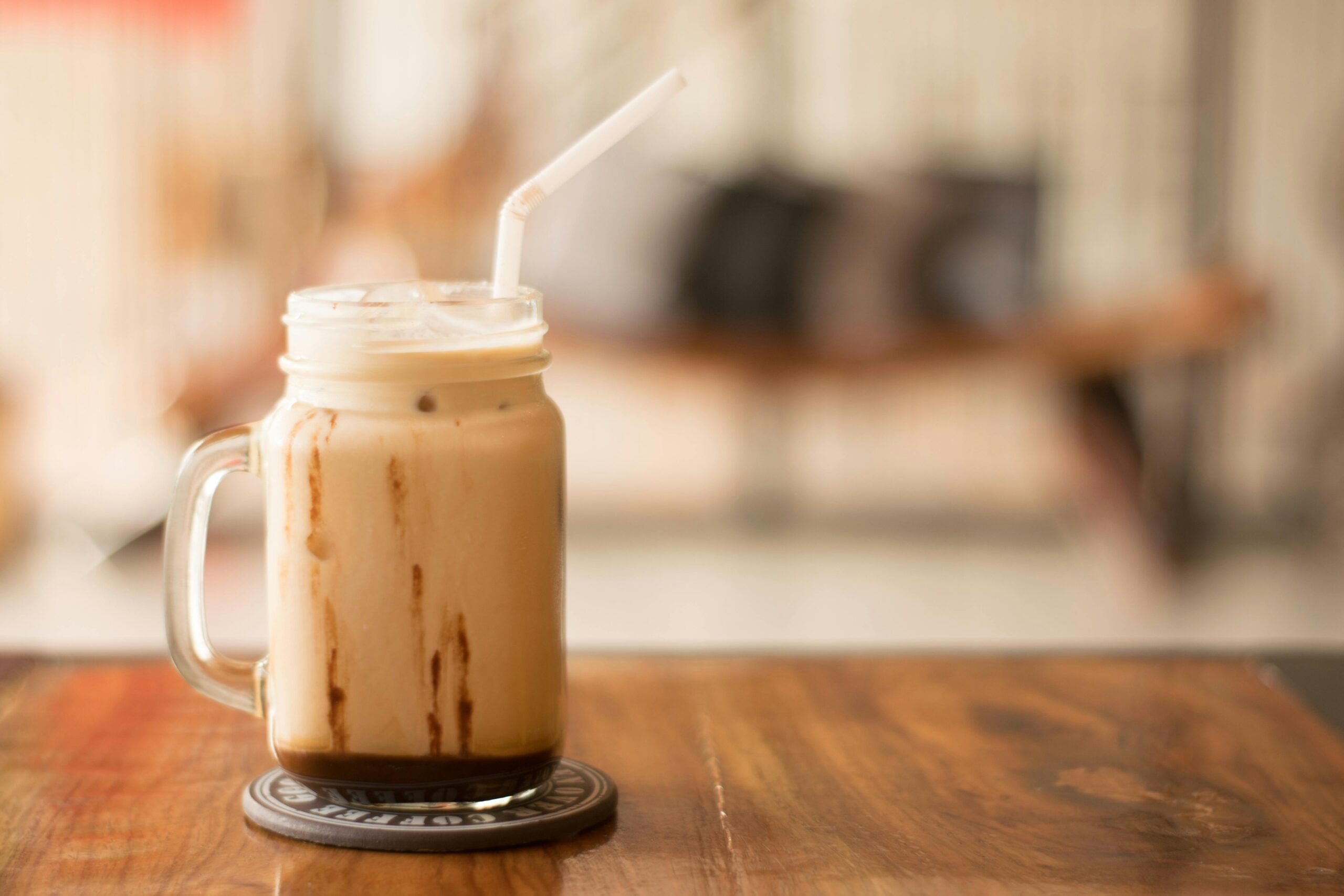In an era rife with economic and environmental challenges, it appears many consumers are focusing on one area of their lives they can control: their beverages.
Innovative, customizable drinks are all the rage this fall – especially dirty sodas, with searches up 609% year over year, according to Yelp’s Trend Tracker.
Essentially the Italian soda’s rebellious sibling, the typical “dirty soda” features an existing soda like Coke or root beer for a base and can be customized any number of ways – from creamers, fruit purees, and flavored syrups to gummies, sprinkles, and other fun toppings.
While dirty soda is turning heads at the moment, Yelp’s trend experts have been tracking it since 2022. However, it’s been around since the early 2010s.
So, what’s driving its recent resurgence? Ask Hulu!
Dirty Little Secrets
Last month, Hulu released the inaugural season of its show The Secret Lives of Mormon Wives, which was its most-watched unscripted premiere of the year.
“We’ve seen the popularity of dirty sodas in specific regions like Utah, Oklahoma, and Texas since 2022. However, the dirty soda wave has expanded beyond its roots, no doubt inspired by Hulu’s show,” Yelp Trend Expert Tara Lewis told FI.
Dirty sodas were already on the rise before the hit reality show debuted, but the first episode sent their popularity into the stratosphere. “Searches for ‘dirty soda’ increased 162% in the week following the show’s premiere compared to the week prior,” Lewis added.
It’s fitting, given that dirty sodas originated in Utah, which is not only the setting for the show but also the U.S. state with the highest concentration of Mormons, who represent roughly 42% of its total population.
A Less-Guilty Pleasure?
Like the Mormon church, the Utah government has strong views on alcohol, paving the way for some of the strictest liquor laws in the nation. For example, happy hours are prohibited, and restaurants are only permitted to serve alcohol if they pair it with food.
But regardless of the belief system, everyone needs to treat themselves sometimes, and that’s where dirty sodas come in. While alcohol is totally off limits for Mormons, caffeine remains a topic of heated debate – especially the “heated” part.
In 2012, Mormon leaders released this statement to clear things up: “Despite what was reported, the revelation spelling out health practices does not mention the use of caffeine. The Church’s health guidelines prohibit alcoholic drinks, tobacco, and hot drinks, which refers specifically to coffee and tea.”
There were zero guidelines for cold caffeinated beverages, however, creating a luscious loophole for both Mormon consumers and local establishments like Swig, the self-proclaimed “home of the original dirty soda.” Representatives of the Utah-based chain claim it has contracts in place to open around 500 additional locations in the next five to seven years.
Sober Curiosity and Beyond
Though season 1 of The Secret Lives of Mormon Wives is over, Tara Lewis says the trend is here to stay.
“The recent spotlight on dirty soda has led to increased interest and growing versatility due to its endless customizability. Recently, we’re even seeing new (versions) that swap out the cream for protein shakes,” said Lewis.
In addition to the folks looking to consume more protein, dirty sodas also appeal to the growing number of consumers that are either cutting back on alcohol or cutting it out altogether – and not just Mormons.
“We’re seeing this trend evolve into a fun mocktail for Sober October and expect to continue to see this growth as more people search for non-alcoholic alternatives past Dry January,” she added.
The Food Institute Podcast
Restaurant results for the second quarter weren’t stellar, but people still need to eat. Are they turning to their refrigerators, or are restaurants still on the menu for consumers? Circana Senior Vice President David Portalatin joined The Food Institute Podcast to discuss the makeup of the current restaurant customer amid a rising trend of home-centricity.


